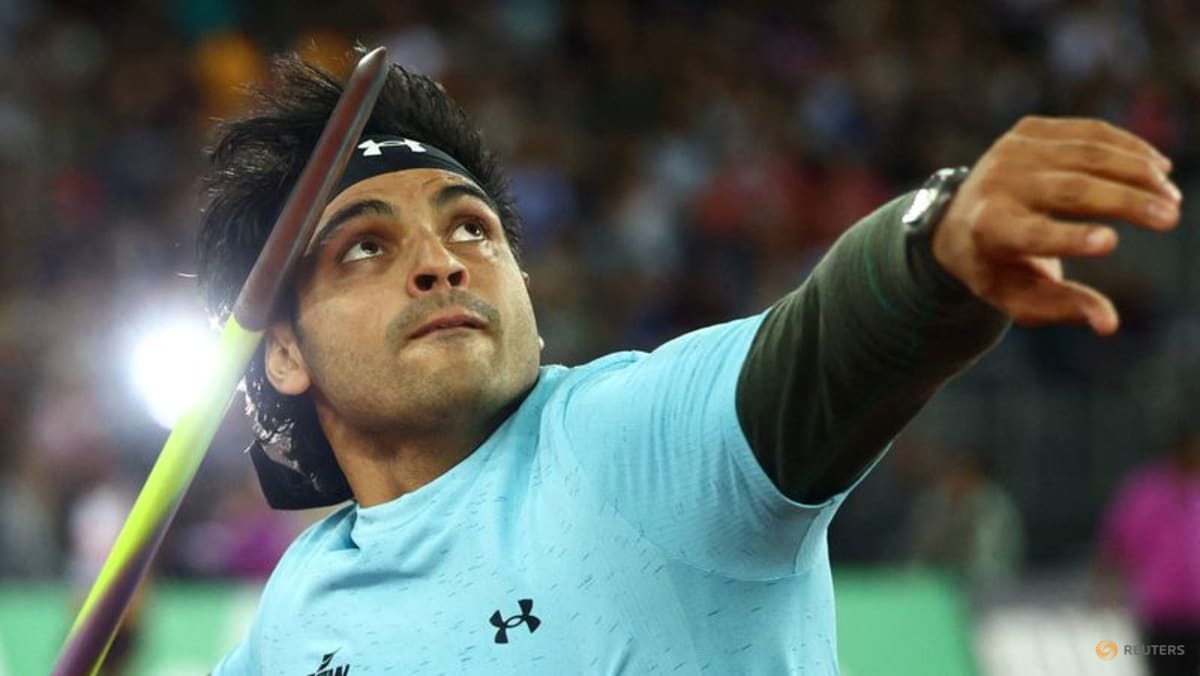

Neeraj Chopra, India's javelin sensation, is gearing up for the World Athletics Championships in Tokyo, but to clinch another gold, consistency alone might not suffice. While he has consistently performed at a high level, recent results suggest that he needs more to secure the top spot against a competitive field.
Chopra's 2025 season has been marked by impressive achievements. He reclaimed the world No. 1 ranking in men's javelin throw in June. He started the year with a win at the Potchefstroom Invitational in South Africa. In May, he achieved a new national record of 90.23m at the Doha Diamond League, finally entering the coveted 90m club. He also secured a gold medal at the Paris Diamond League and a title at the Ostrava Golden Spike meet.
Despite these accomplishments, Chopra has also faced setbacks. He finished second at the Paris Olympics and the Diamond League Final. At the Diamond League Final in Zurich, he secured second place with a throw of 85.01m, while Germany's Julian Weber won with a personal best of 91.57m. These results indicate that while Chopra is performing well, he needs to push beyond his current limits to consistently beat top competitors like Weber.
To achieve this, Chopra has been working on refining his technique. After finishing second at the Paris Olympics, he recognized the need to make adjustments and partnered with the legendary Jan Zelezny, a three-time Olympic gold medalist. Zelezny has been helping Chopra fine-tune his technique, and this partnership has already yielded positive results, including breaking the 90m barrier in Doha.
According to former Athletics Federation of India president Adille Sumariwalla, Chopra is a technically sound athlete who has made slight adjustments to his approach and throw. Sumariwalla believes that once Chopra corrects his timing, he will be back to throwing 90m consistently.
In addition to technical adjustments, maintaining peak fitness is crucial for Chopra's success. His training regimen includes strength training, core exercises, and javelin-specific drills. He focuses on exercises that enhance his upper and lower body strength, hip mobility, and ankle strength. He also incorporates high-intensity interval training (HIIT) and Tabata workouts into his routine.
Chopra's diet is also a key component of his preparation. He follows a protein-rich diet that includes eggs, bread, fruits, dalia, curd rice, pulses, salad, and grilled chicken or salmon. He also ensures he gets adequate rest and recovery, including ice baths, contrast baths, and 8-10 hours of sleep per night.
Looking ahead to the World Championships, Chopra is not the clear favorite, but he is still a strong contender. He will be joined by compatriots Sachin Yadav, Yashvir Singh, and Rohit Yadav, marking the first time India has qualified four athletes for a single event at the World Championships. While Chopra received a wild card entry as the defending champion, the others qualified based on their world rankings.
Despite recent form concerns, experts believe that Chopra has the ability to rise to the occasion and perform when it matters most. World Athletics Vice President Adille Sumariwalla has expressed confidence in Chopra's capabilities, stating that he performs when he really has to perform.
To secure another gold medal in Tokyo, Neeraj Chopra needs to combine his consistency with technical precision, peak fitness, and a strong mental game. The competition will be tough, but with his talent, dedication, and the guidance of Jan Zelezny, Chopra has the potential to once again make history.